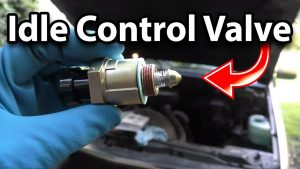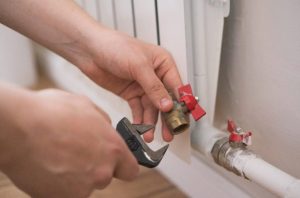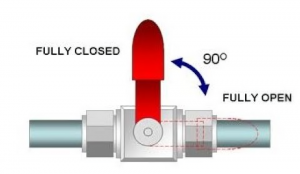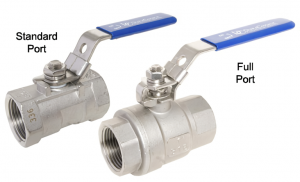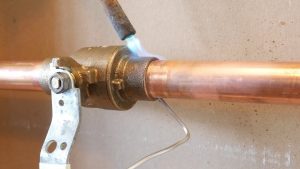Ⅰ. Introduction of check valve
The function of the check valve is to only allow the medium to flow in one direction and prevent the flow in the opposite direction. Usually this kind of valve works automatically. Under the action of the fluid pressure flowing in one direction, the valve flap opens; when the fluid flows in the opposite direction, the fluid pressure and the self-coincidence of the valve flap act on the valve seat, thereby cutting off the flow.
Ⅱ. The failure of the check valve and its treatment method
Common failures of check valves include:
①The valve disc is broken;
1The reason for the disc breaking is: the pressure of the medium before and after the check valve is close to equilibrium and they are in a state of “seeing” each other. The disc often beats against the valve seat, and some brittle materials (such as cast iron, brass) are made of The finished valve disc was broken. The preventive method is to use a non-return check valve whose disc is a flexible material.
②The medium flows back.
The reasons for the backflow of the medium are:
- The sealing surface is damaged;
- Clamp in impurities.
Repairing the sealing surface and cleaning impurities can prevent backflow.
Ⅲ. The principle of check valve
A check valve is a valve that automatically opens and closes the disc depending on the flow of the medium itself, and is used to prevent the medium from flowing back. It is also called a check valve, a one-way valve, a reverse flow valve, and a back pressure valve. Its main function is to prevent the medium from flowing backwards, to prevent the pump and drive motor from reversing, and to discharge the container medium. Check valves can also be used to supply pipelines for auxiliary systems where the pressure may rise above the system pressure.






